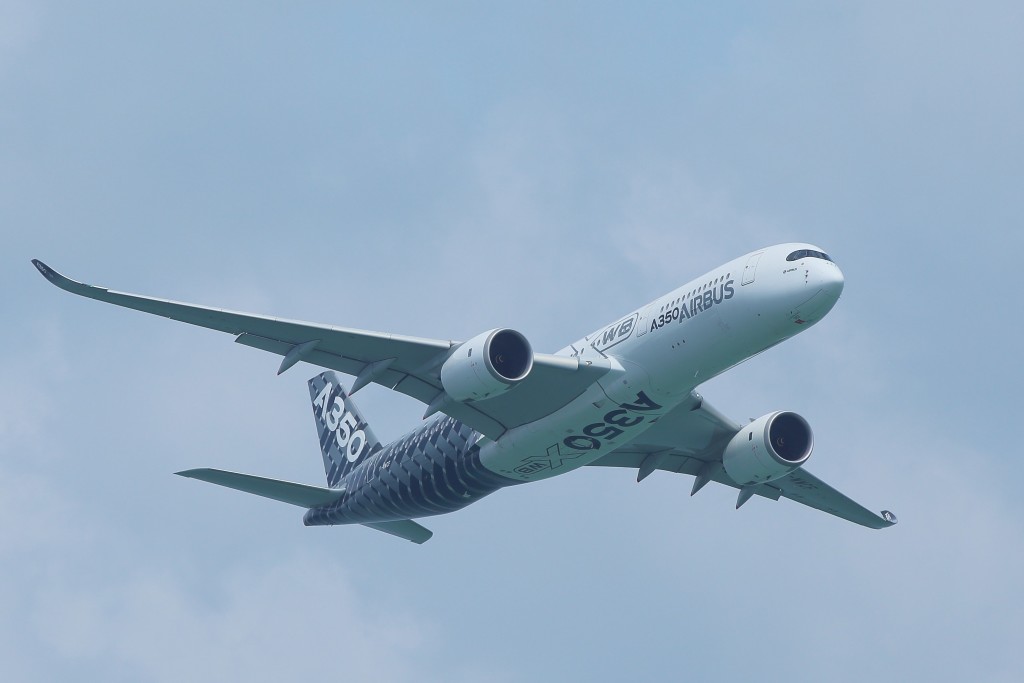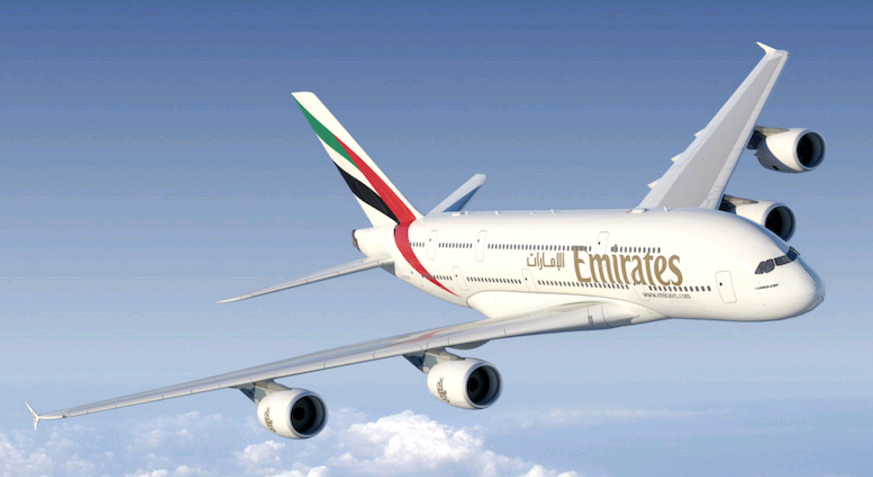Leeham News and Analysis
There's more to real news than a news release.
Major fleet decisions may not be positive for Airbus, Boeing
Pontifications is off this week.
Subscription Required
Introduction
March 20, 2017, © Leeham Co.: There are some major fleet decisions that will probably come down the pike this year at American, Delta and United airlines. Not all of them are going to be viewed positively by Airbus and Boeing.
 There is also a serious warning sign emerging from the Middle East that could have serious, negative impacts on Airbus and Boeing.
There is also a serious warning sign emerging from the Middle East that could have serious, negative impacts on Airbus and Boeing.
Summary
- American Airlines doesn’t want its Airbus A350-900s any more. Consolidation with US Airways appears to have made these surplus.
- Delta Air Lines, which so far eschewed any orders for the Airbus A320neos and Boeing 737 MAXes, is understood to be readying a Request for Proposals to be issued this year.
- United Airlines doesn’t want its Airbus A350-1000s any more. Picking up cheap Boeing 777-300ERs appear to have made these surplus.
- Emirates Airlines, reacting to Brexit and Donald Trump’s travel bans, is undertaking a full business review in response to a sharp drop in bookings.
Analyzing the Top Customers for Airbus and Boeing
Subscription Required
Introduction
Jan. 4, 2017, © Leeham Co.: The top 25 Airbus customers that are identified account for 63% for the current backlog, an analysis of the company’s order list shows.
For Boeing, its Top 25 customers account for 69% of its identified backlog.
Both companies have hundreds of Unidentified orders for which no customer is disclosed.
Summary
- “China Inc.” is Boeing’s #1 identified customer and #3 for Airbus.
- Two low cost carriers are the first and second top customer for Airbus.
- Three low cost carriers follow “China Inc.” as Boeing’s Top Customers.
- Boeing’s Top 3 wide-body customers are in the Middle East, where financial and traffic results are beginning to soften.
- Three of Airbus’ Top 5 customers are also from the Middle East. The other two are from Asia.
- Boeing has 54% of the market share among the Top wide-body customers. Airbus has a 54% market share in the narrow-body sector.
Emirates feels low-cost, long-haul competition
Note: Nov. 24 and 25 are Thanksgiving Holidays in the US. Our next post will be Monday.
By Bjorn Fehrm
23 November 2016, ©. Leeham Co: Emirates Airline president Tim Clark says the carrier “has to change its approach to long-haul pricing to combat increasing competition” after presenting a half year 2016 profit which plunged 64% on 9 November.
The reason is that traditional mainline carriers are entering the low-cost, long-haul market in addition to the established LCC entrants: Norwegian Air Shuttle, AirAsiaX and Wow Air.
Emirates will add new low-cost fares to keep its growing fleet of Airbus A380 and Boeing 777 filled. Clark states this is necessary and that the airline will not back down on its plans for additional aircraft. It will be a period “of fierce competition as more and more international network carriers are entering low-cost, long-haul,” declares the COO.
What has changed? Isn’t Emirates the Kings of competitive long-haul travel? Read more
What’s happened to the VLA sector?
Subscription Required
Introduction
Aug. 15, 2016, © Leeham Co.: Boeing says it may discontinue the 747 program.
Airbus put the A380neo on indefinite hold. Qantas Airways says it doesn’t want its last eight orders. The OEM will reduce the production to 12/yr in 2018.
There haven’t been any Boeing 777X sales since June 2015. There are only six identified customers and there has been a new, identified customer added since July

Boeing is considering a larger 777-10, which will carry 50 more passengers than the 777-9. But is there a market? Boeing photo via Google images.
2014, when ANA ordered the X.
Sales have dried up for the 365 passenger Boeing 777-300ER and only a smattering of orders have come in for its competitor, the Airbus A350-1000.
What’s happened to the Very Large Aircraft sector? What’s happened to the large, medium twin aircraft sector?
Summary
- The VLA market pioneered by Boeing and pursued by Airbus is virtually nonexistent.
- Yet there are those in Boeing who want to launch a 450-passenger 777-10 into a dubious market demand.
- 777 Classic sales dried up, but A350-1000 isn’t doing great, either. Are these too big, too?







 A380 and investors meeting: The Airbus A380 has been a sensitive topic for investors. Historically stock prices took a major hit when negative news about the A380 emerged. During an investors day in December 2014, one of the executives slipped that the program could be terminated. The stock took an immediate dive and other executives had to clean up the first one’s comments.
A380 and investors meeting: The Airbus A380 has been a sensitive topic for investors. Historically stock prices took a major hit when negative news about the A380 emerged. During an investors day in December 2014, one of the executives slipped that the program could be terminated. The stock took an immediate dive and other executives had to clean up the first one’s comments.
Deferrals grow as airlines fight to keep bottom line
Subscription Required
Introduction
Jan. 09, 2017, © Leeham Co.: Airlines have deferred or are thinking about deferring more than 400 airplanes in the near term, a review of decisions and deliberations that have been made during the last 12 months.
LNC tracked announcements last year of deferrals and statements by airlines that they are thinking about doing so.
We began identifying macro-level issues last week in our posts about emerging concerns for the 787 and LNC’s Outlook for 2017.
Reasons vary widely for the deferrals, these reports indicated. Low oil prices. Slowing economies. Declining financial results. Worries about two of the three top Middle Eastern carriers. A capital squeeze in China. Pressure on long-haul carriers from the emerging sector of low cost, long-haul airlines. Preserving capital expenditures to keep the bottom line in the black.
Today we detail the deferrals we tracked.
Summary
Read more
1 Comment
Posted on January 9, 2017 by Scott Hamilton
Airbus, Airlines, Boeing, Bombardier, Delta Air Lines, Leeham News and Comment, Pratt & Whitney, Premium, Qatar Airways, Rolls-Royce
777 Classic, 787, A380, Airbus, airlines, Boeing, Bombardier, Emirates Airlines, Goldman Sachs, Qatar Airways